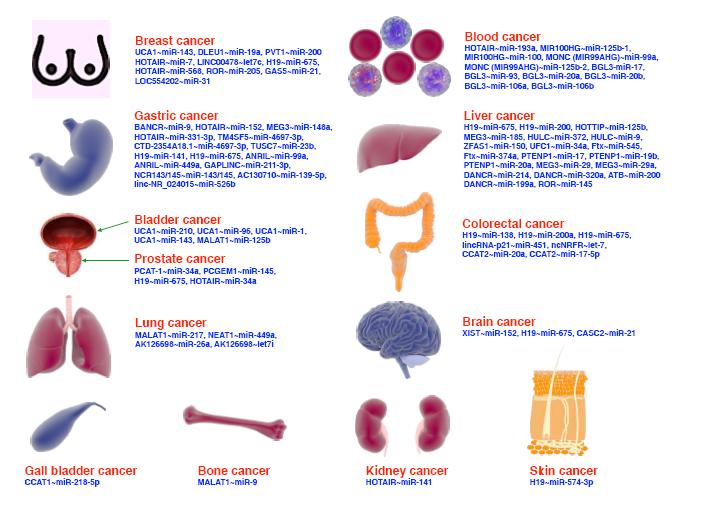| 1. |
Baumgaertner MR. Fractures of the posterior wall of the acetabulum. J Am Acad Orthop Surg, 1999, 7(1): 54-65.
|
| 2. |
Kreder HJ, Rozen N, Borkhoff CM, et al. Determinants of functional outcome after simple and complex acetabular fractures involving the posterior wall. J Bone Joint Surg (Br), 2006, 88(6): 776-782.
|
| 3. |
Iselin LD, Wahl P, Studer P, et al. Associated lesions in posterior wall acetabular fractures: not a valid predictor of failure. J Orthop Traumatol, 2013, 14(3): 179-184.
|
| 4. |
高悠水, 孙玉强, 张长青. 髋臼后壁骨折治疗的研究进展. 中华创伤杂志, 2017, 33(5): 465-469.
|
| 5. |
Moed BR, McMichael JC. Outcomes of posterior wall fractures of the acetabulum. J Bone Joint Surg (Am), 2007, 89(6): 1170-1176.
|
| 6. |
Hardy SL. Femoral nerve palsy associated with an associated posterior wall transverse acetabular fracture. J Orthop Trauma, 1997, 11(1): 40-42.
|
| 7. |
Zhang Y, Xie Y, Xu S, et al. Massive heterotopic ossification associated with late deficits in posterior wall of acetabulum after failed acetabular fracture operation. BMC Musculoskelet Disord, 2013, 14: 368. doi: 10.1186/1471-2474-14-368.
|
| 8. |
徐学鹏, 刘晋珲, 费林聪, 等. 单一Kocher-Langenbeck入路结合顺行经皮通道螺钉技术治疗髋臼横形伴后壁骨折. 中国修复重建外科杂志, 2024, 38(1): 35-39.
|
| 9. |
张津, 申建军, 海祥, 等. 大转子后半截骨入路与标准Kocher-Langenbeck入路治疗髋臼后壁骨折的疗效比较. 中国骨伤, 2024, 37(8): 786-792.
|
| 10. |
Magu NK, Rohilla R, Arora S, et al. Modified Kocher-Langenbeck approach for the stabilization of posterior wall fractures of the acetabulum. J Orthop Trauma, 2011, 25(4): 243-249.
|
| 11. |
Matta JM. Operative treatment of acetabular fractures through the ilioinguinal approach. A 10-year perspective. Clin Orthop Relat Res, 1994, (305): 10-19.
|
| 12. |
Matta JM. Fractures of the acetabulum: accuracy of reduction and clinical results in patients managed operatively within three weeks after the injury. J Bone Joint Surg (Am), 1996, 78(11): 1632-1645.
|
| 13. |
Perdue PW, Tainter D, Toney C, et al. Evaluation and management of posterior wall acetabulum fractures. J Am Acad Orthop Surg, 2021, 29(21): e1057-e1067.
|
| 14. |
Reagan JM, Moed BR. Can computed tomography predict hip stability in posterior wall acetabular fractures? Clin Orthop Relat Res, 2011, 469(7): 2035-2041.
|
| 15. |
Moed BR, WillsonCarr SE, Watson JT. Results of operative treatment of fractures of the posterior wall of the acetabulum. J Bone Joint Surg (Am), 2002, 84(5): 752-758.
|
| 16. |
Grimshaw CS, Moed BR. Outcomes of posterior wall fractures of the acetabulum treated nonoperatively after diagnostic screening with dynamic stress examination under anesthesia. J Bone Joint Surg (Am), 2010, 92(17): 2792-2800.
|
| 17. |
Josten C, Trabold O. Modified “2-portal” kocher-langenbeck approach: a minimally-invasive procedure protecting the short external rotator muscles. J Orthop Trauma, 2011, 25(4): 250-257.
|
| 18. |
Wu X. A biomechanical comparison of different fixation techniques for fractures of the acetabular posterior wall. Int Orthop, 2018, 42(3): 673-679.
|
| 19. |
Long HT, Deng ZH, Zou M, et al. Effects of the acetabular fracture index and other factors of posterior wall acetabular fracture on functional outcome. J Int Med Res, 2017, 45(4): 1394-1405.
|
| 20. |
Salameh M, Hammad M, Babikir E, et al. The role of patient positioning on the outcome of acetabular fractures fixation through the Kocher-Langenbeck approach. Eur J Orthop Surg Traumatol, 2021, 31(3): 503-509.
|
| 21. |
黄杰鑫, 廖明新, 陈小杰. 新型H形解剖钛板治疗髋臼后壁/后柱骨折. 中国修复重建外科杂志, 2021, 35(1): 64-69.
|
| 22. |
朱悦, 顾佳颖, 代杰文. 创伤性异位骨化相关调控因子及信号通路. 口腔生物医学, 2021, 12(4): 262-266.
|
| 23. |
Sagi HC, Jordan CJ, Barei DP, et al. Indomethacin prophylaxis for heterotopic ossification after acetabular fracture surgery increases the risk for nonunion of the posterior wall. J Orthop Trauma, 2014, 28(7): 377-383.
|




